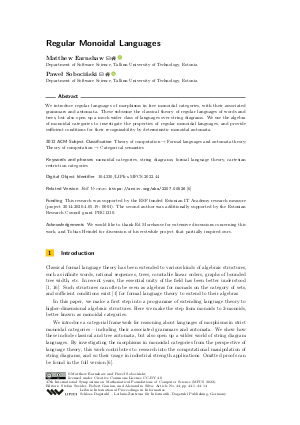LIPIcs.MFCS.2022.44.pdf
- Filesize: 0.93 MB
- 14 pages

 Creative Commons Attribution 4.0 International license
Creative Commons Attribution 4.0 International license




Feedback for Dagstuhl Publishing